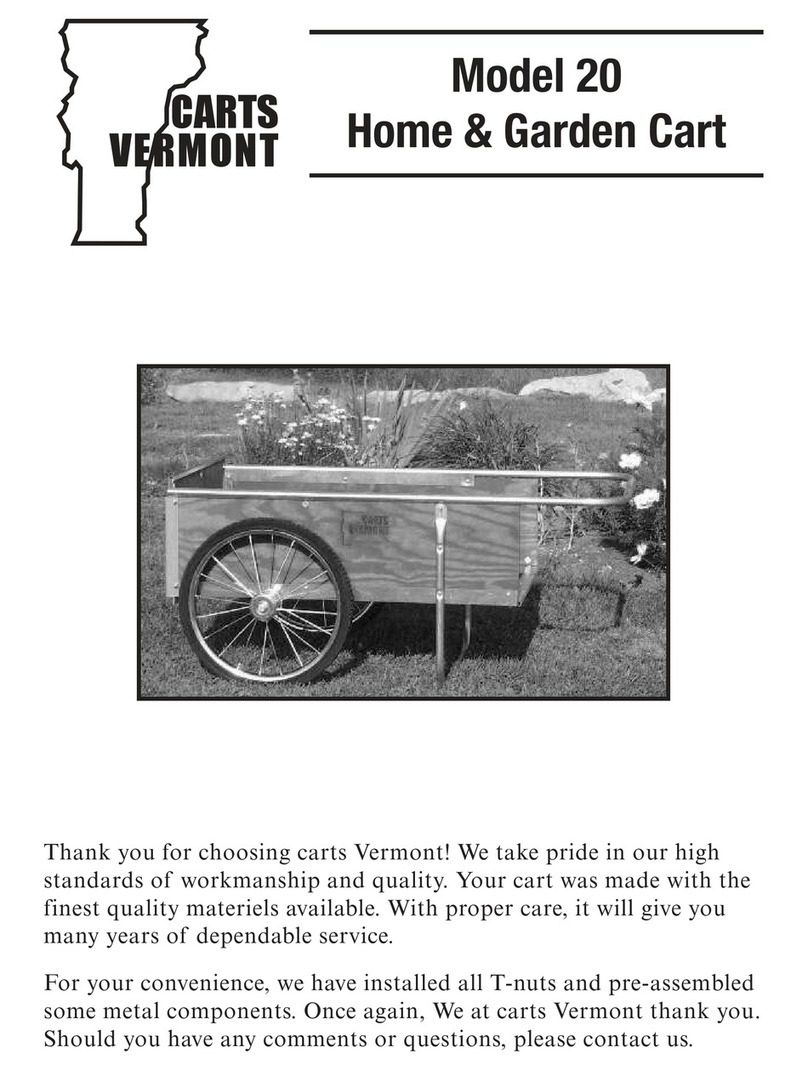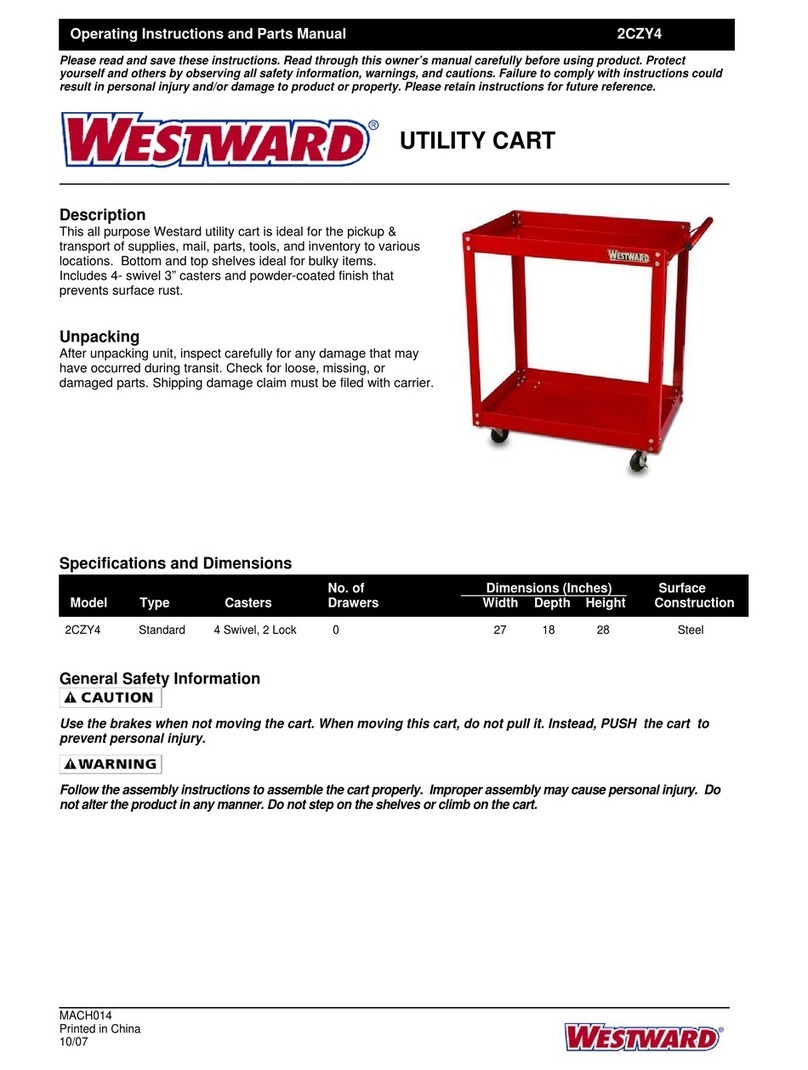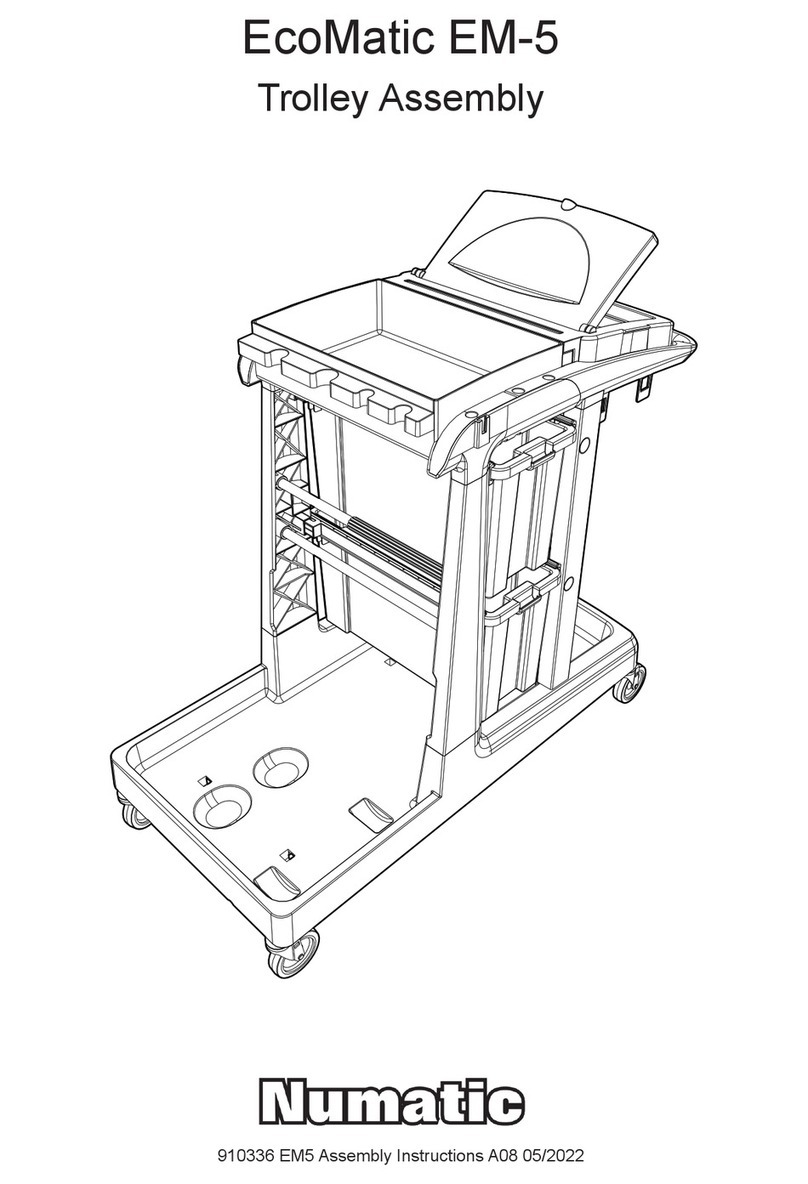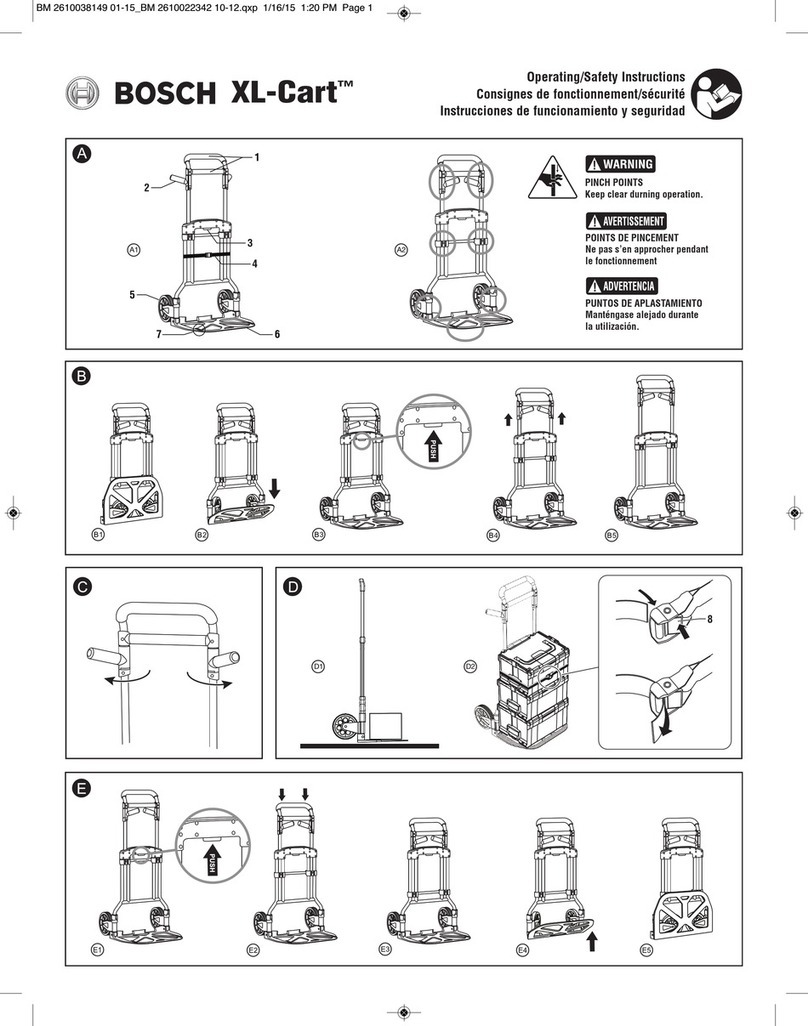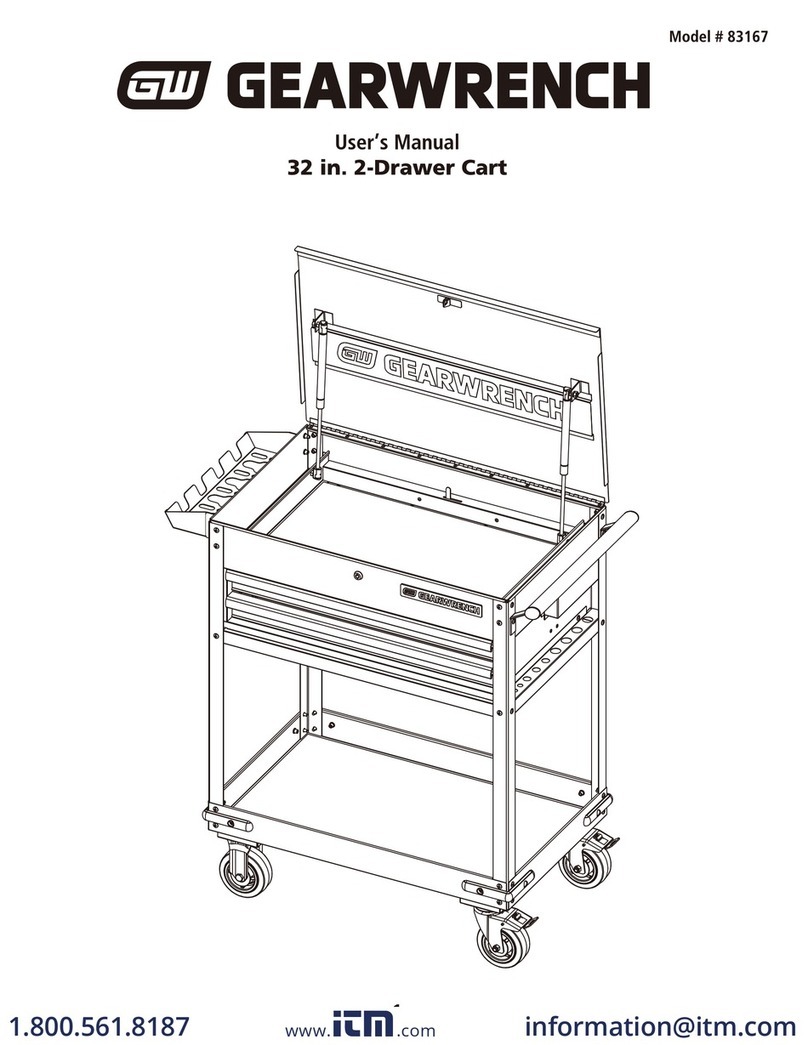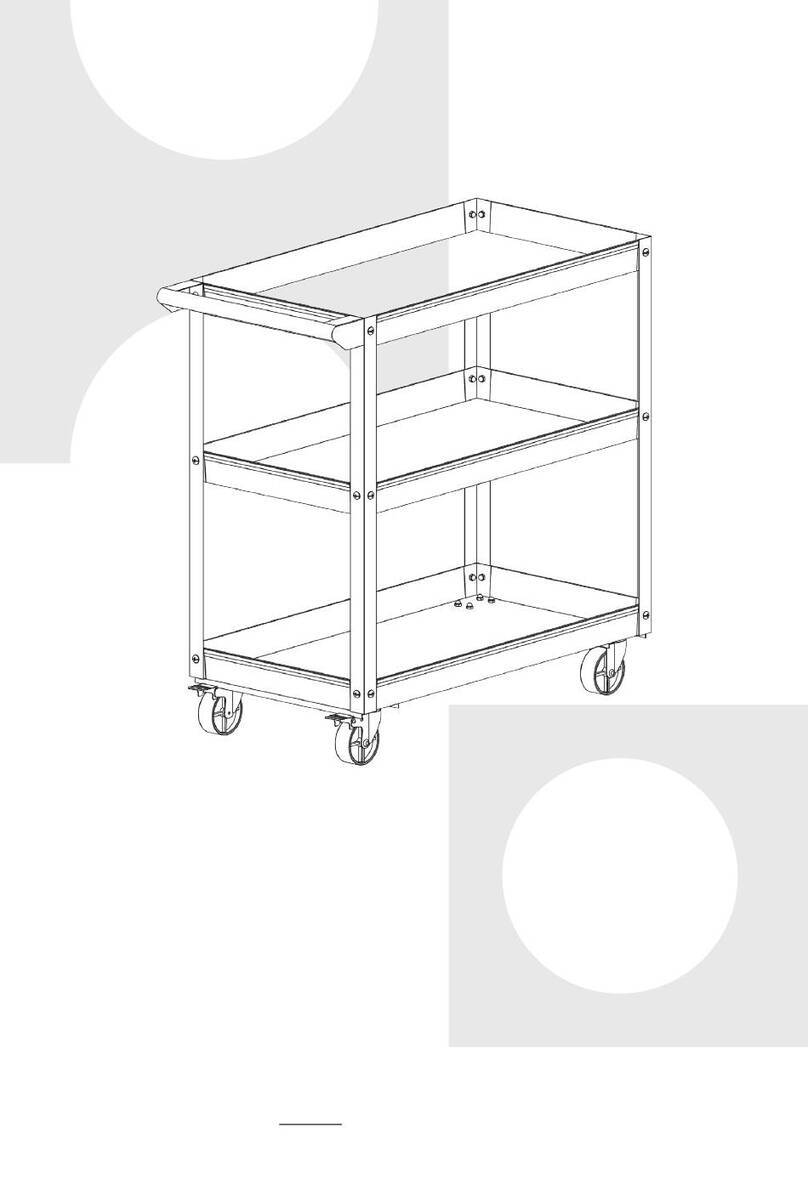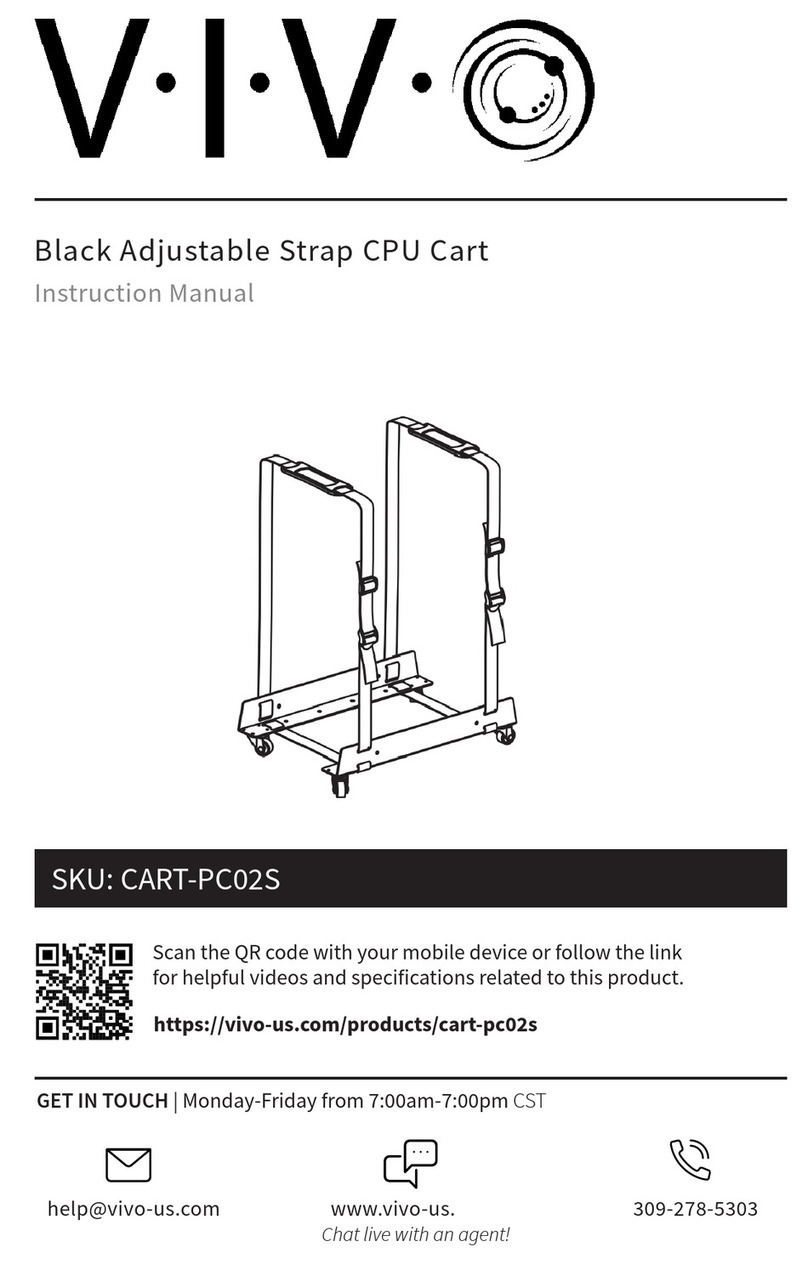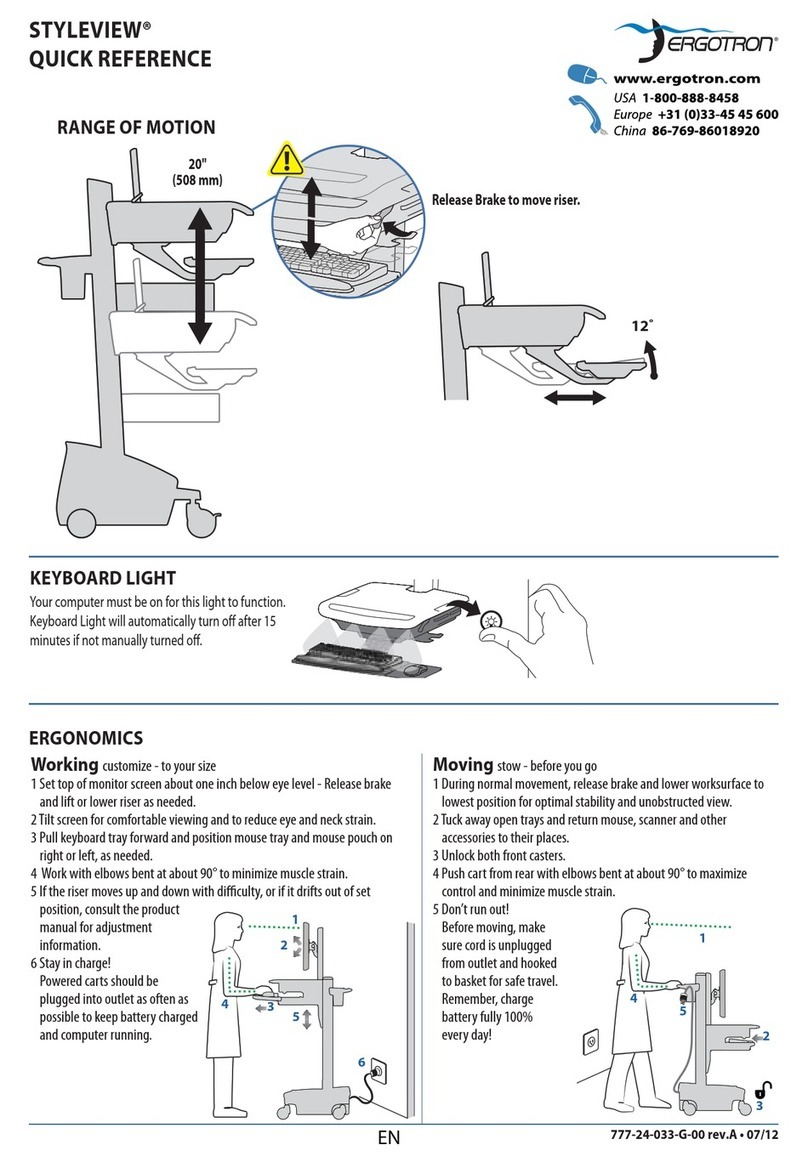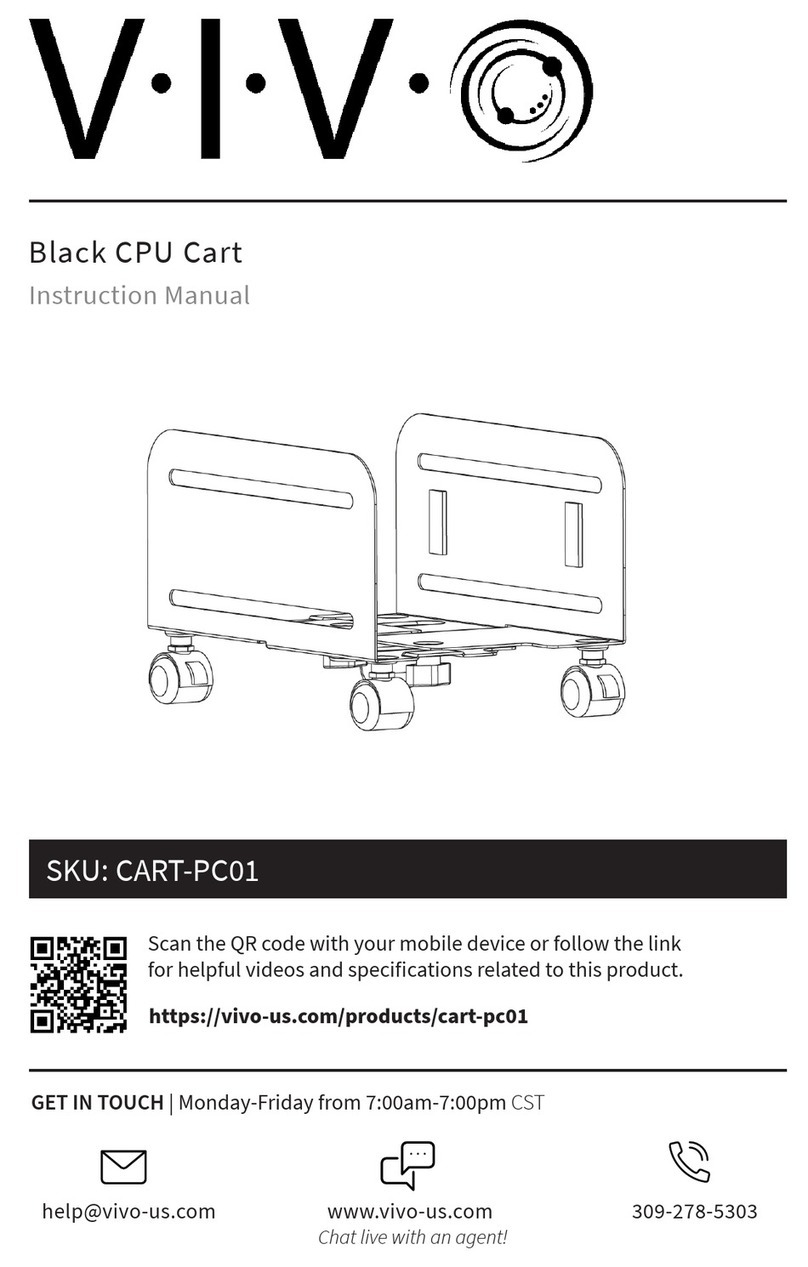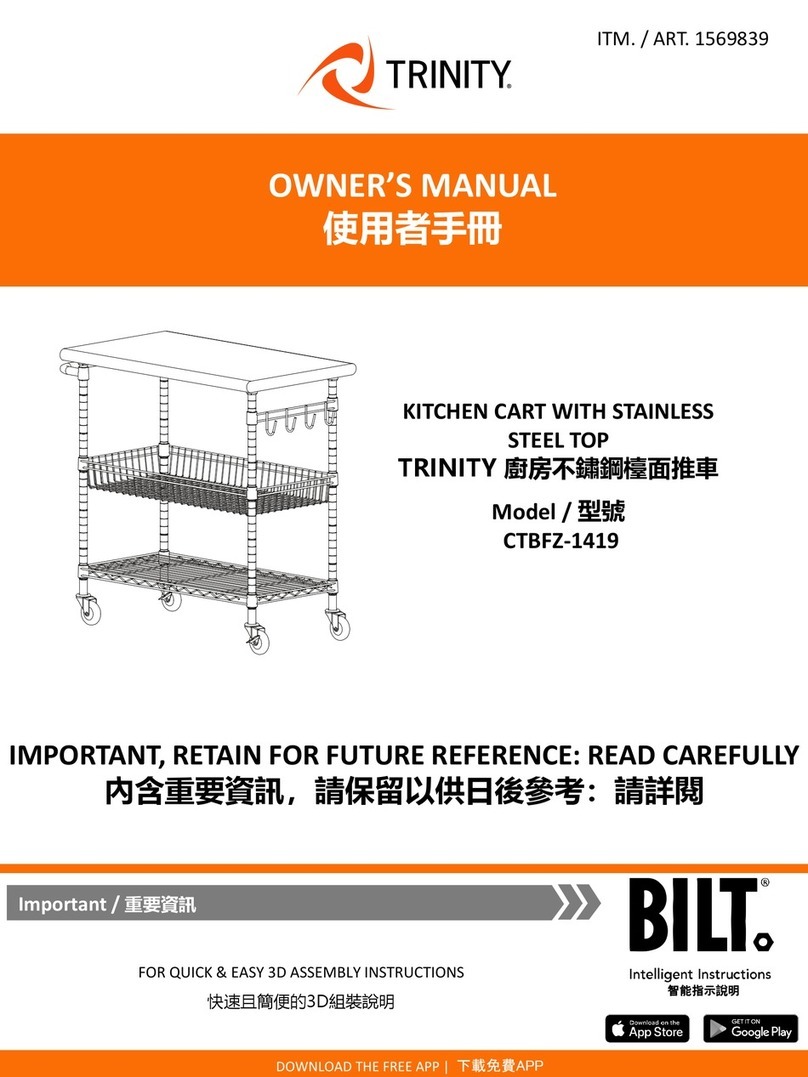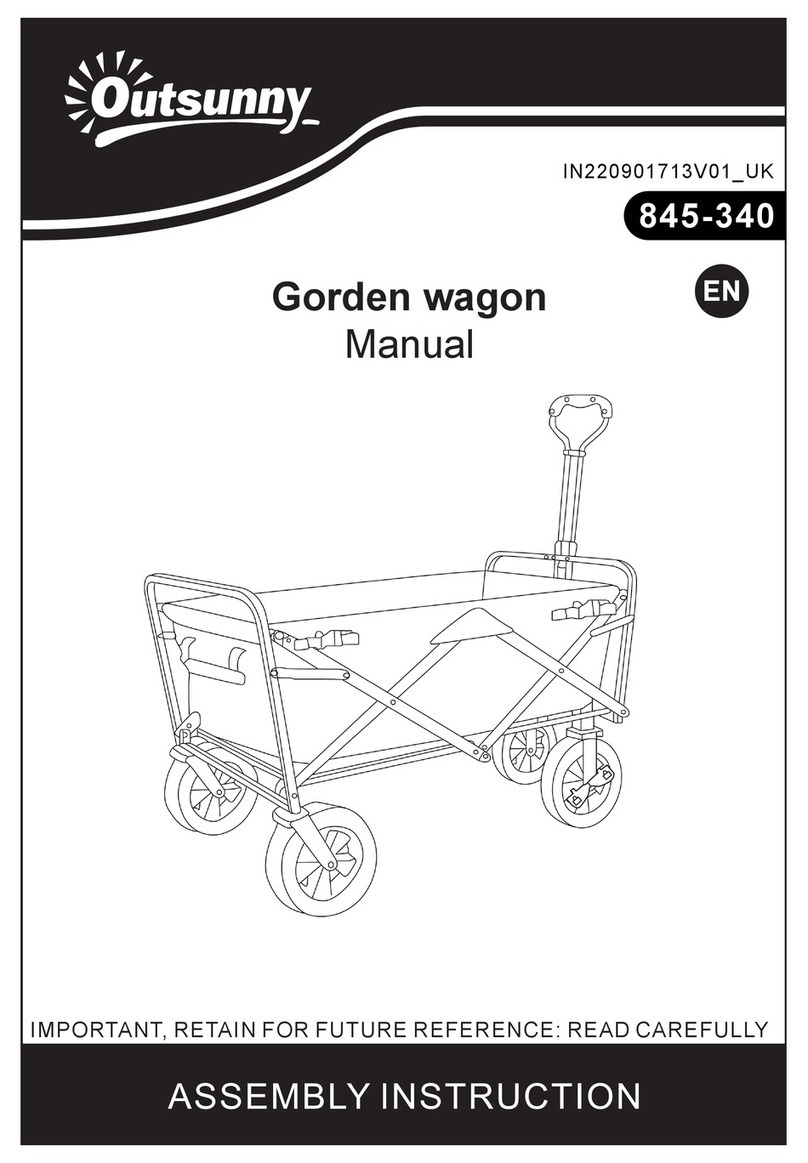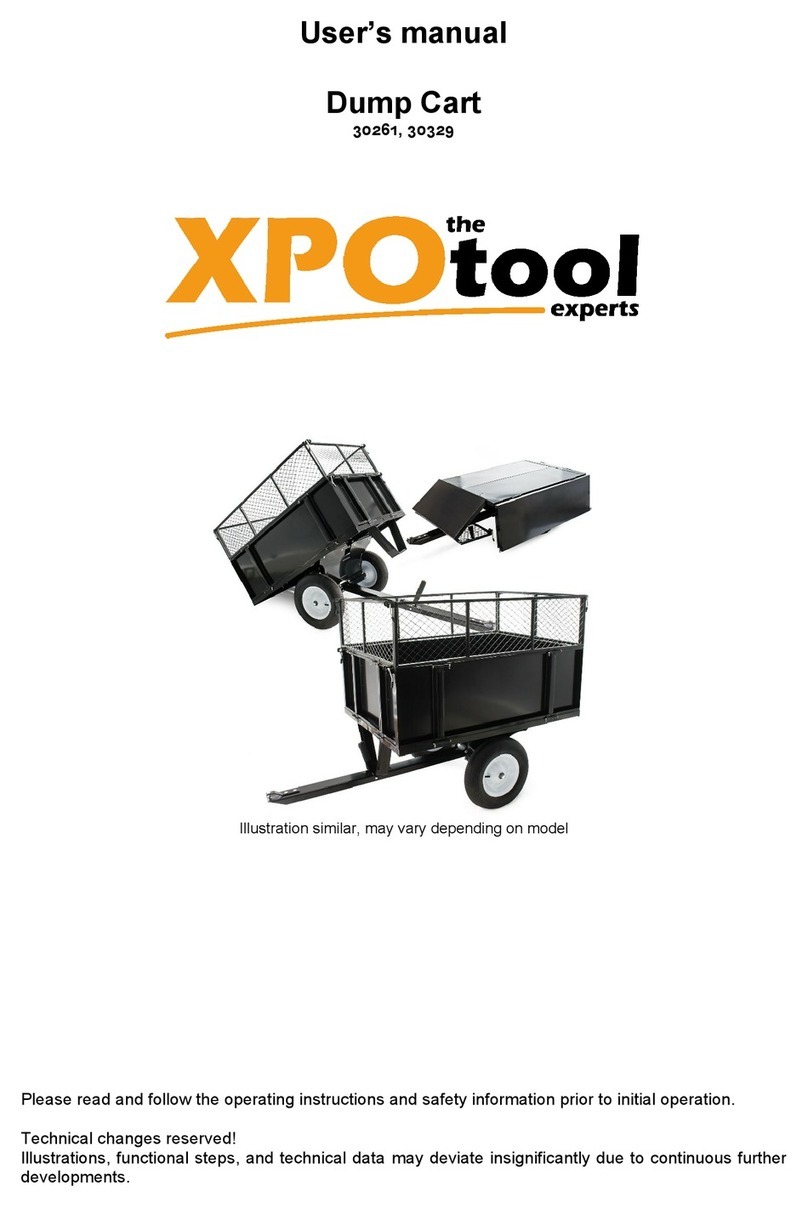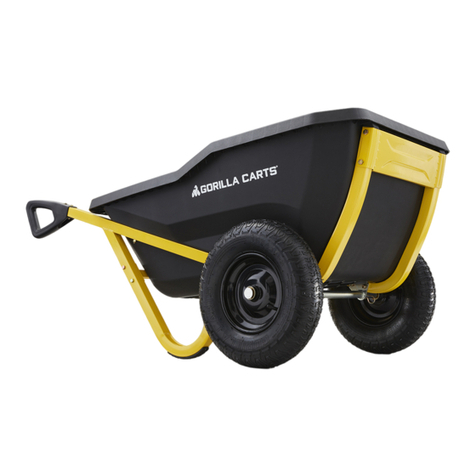
KNIGHT SMART CART OPERATION MANUAL
i
TABLE OF CONTENTS
1. SAFETY........................................................................................................................................................1
A. General Safety Precautions ...................................................................................................................2
Basic Safety Procedures.....................................................................................................................2
Lithium-Ion Battery and Charging Safety Precautions:.......................................................................2
B. Safety Devices .......................................................................................................................................3
Motor Holding Brake ...........................................................................................................................3
Overload Capacity Protection .............................................................................................................3
Safety Drop Stop (SDS) Chain ...........................................................................................................3
2. INSTALLATION ...........................................................................................................................................5
A. Introduction.............................................................................................................................................6
B. General Operation..................................................................................................................................7
Step 1: Control Handle Set-up...........................................................................................................8
Step 1a) Analog Lever Handle Setup: .......................................................................................8
Step 1b) Discrete Up / Down Handle setup:..............................................................................8
Step 2: Test Cart Movement..............................................................................................................9
Step 3: Sequence of Operation..........................................................................................................9
3. OPERATION...............................................................................................................................................10
A. Principle of Operation...........................................................................................................................10
Smart Cart Control Configurations....................................................................................................10
B. Smart Cart Functionality Modes...........................................................................................................11
Shut Down.........................................................................................................................................11
Start Up.............................................................................................................................................11
Work Mode........................................................................................................................................11
Travel Limits......................................................................................................................................11
Fault Mode........................................................................................................................................11
4. MAINTENANCE .........................................................................................................................................12
A. CHAIN INSPECTION...........................................................................................................................12
4.1 Inspection Overview....................................................................................................................12
4.2 Use of LIFT Safely in Any Application ........................................................................................13
4.3 Determining the Frequency of Chain Inspections.......................................................................14
4.3.1 Service Rating Load Criteria............................................................................................14
4.3.2 Service Class (Duty Cycle)..............................................................................................14
4.4 Type of Inspections.....................................................................................................................15
4.4.1 Frequent Inspection (Visual)............................................................................................15
4.4.1.1 What to Look for During a Frequent Inspection...............................................15
4.4.2 Periodic Inspection (Documented)...................................................................................16
4.4.2.1 Recommendations for Periodic Inspections ....................................................16
4.4.2.2 Recommended Record Keeping for Periodic Inspections...............................20
4.4.3 Chain Lubrication:............................................................................................................21
4.4.4 Load Chain Replacement: ...............................................................................................21
B. PREVENTATIVE MAINTENANCE FOR KNIGHT SMART CART.......................................................22
4.5 Smart Carts Inspections..............................................................................................................22
4.5.1 Recommendations for Frequent Inspections for Smart Carts (Visual)............................22
4.5.2 Periodic Inspection (Documented)...................................................................................23
4.6 Load and Safety Drop Stop Chain Replacement (Normal Maintenance)...................................26
4.7 Broken Chain Replacement........................................................................................................30
5. ELECTRICAL INFORMATION...................................................................................................................34
A. CHARGING THE BATTERY:...............................................................................................................34
B. LITHIUM-ION BATTERY:.....................................................................................................................35
C. DC-MOTOR CONTROLLER INFORMATION .....................................................................................36
6. TROUBLESHOOTING CHART..................................................................................................................38
7. SPARE PARTS LIST .................................................................................................................................40
8. DECOMMISSIONING OF A SMART CART ..............................................................................................40
